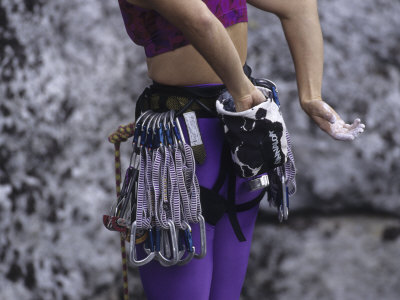The Cliffs of Moher
The Cliffs of Moher in Co.Clare are one of my most favourite cliffs for rock climbing even though I have never climbed them before. To me it is the perfect combination of scenery and rock, to fulfil anyone's adrenalin addictions. The Cliffs of Moher are wonderfully carved by erosion from the sea water and wind. The geographical term for this is weathering.
Weathering involves wind, water or ice. The wind carves the ridges into the rock. However, it is a different action that happens with the water. The water gets caught in different cracks and holes, then overnight freezes, therefore, expands and breaks off some of the rock. This is otherwise known as freeze-thaw action.
Weathering involves wind, water or ice. The wind carves the ridges into the rock. However, it is a different action that happens with the water. The water gets caught in different cracks and holes, then overnight freezes, therefore, expands and breaks off some of the rock. This is otherwise known as freeze-thaw action.




